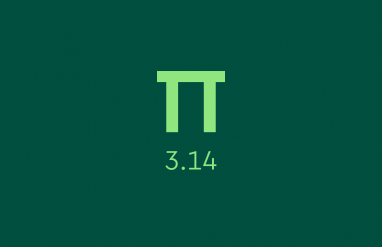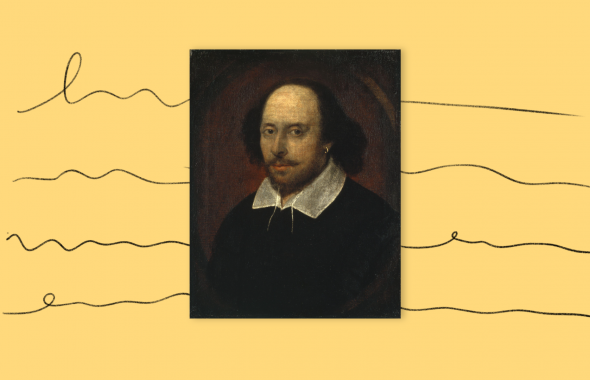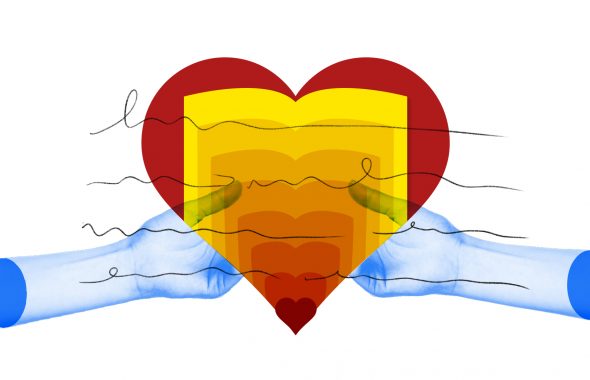 A study published this week in the Journal of the American Medical Association says that smokers with greater amounts of Vitamin B6 may be less likely to develop lung cancer. The findings are preliminary, but have caused a lot of excitement.
A study published this week in the Journal of the American Medical Association says that smokers with greater amounts of Vitamin B6 may be less likely to develop lung cancer. The findings are preliminary, but have caused a lot of excitement.
Behind the promising health news is a great question: Why are vitamins named with various letters and numbers? Does the letter match the name of a chemical, like Vitamin C and citric acid? Is there some brilliant logic? No, there isn’t. First of all, the word vitamin started off as “vitamine,” a combination of the Latin vita for “life” and amine “any of a class of compounds derived from ammonia.”
The E on the end was dropped when it was discovered that vitamins actually weren’t connected to amines after all. Vitamins have alphabetical names based on vitamers, the chemical compounds that fulfill the nutritional function of a particular vitamin. So, for example, the chemicals that are necessary for certain eye functions are all classified as Vitamin A. Why did those become A? Because they were discovered first. B came second, etc. Vitamin B is a little different than the rest. Originally all of the different types of B were thought to be one classification, but it was later discovered that all 8 of them serve different nutritional functions. They tend to coexist in the same foods, and when they are combined in pills they are called Vitamin B complex.
The individual types of B are designated by a number, but there’s a problem: the numbers aren’t consecutive (which is why there is a B12 but only 8 types of B vitamin.) The missing numbers belong to substances that used to be considered vitamins but were dropped from the list by nutritionists over time, for various reasons. And that’s also why the alphabet of vitamins skips from E to K. Many substances that were formerly on the vitamin list have either been renamed or dropped from nutrition altogether. An example is the former Vitamin P, which has been relabeled flavonoids which are still included in supplements. Poor ex-Vitamin L1, anthranilic acid. The reason it was dropped from the vitamin list almost evokes pity: “Non-essential for human health.”














